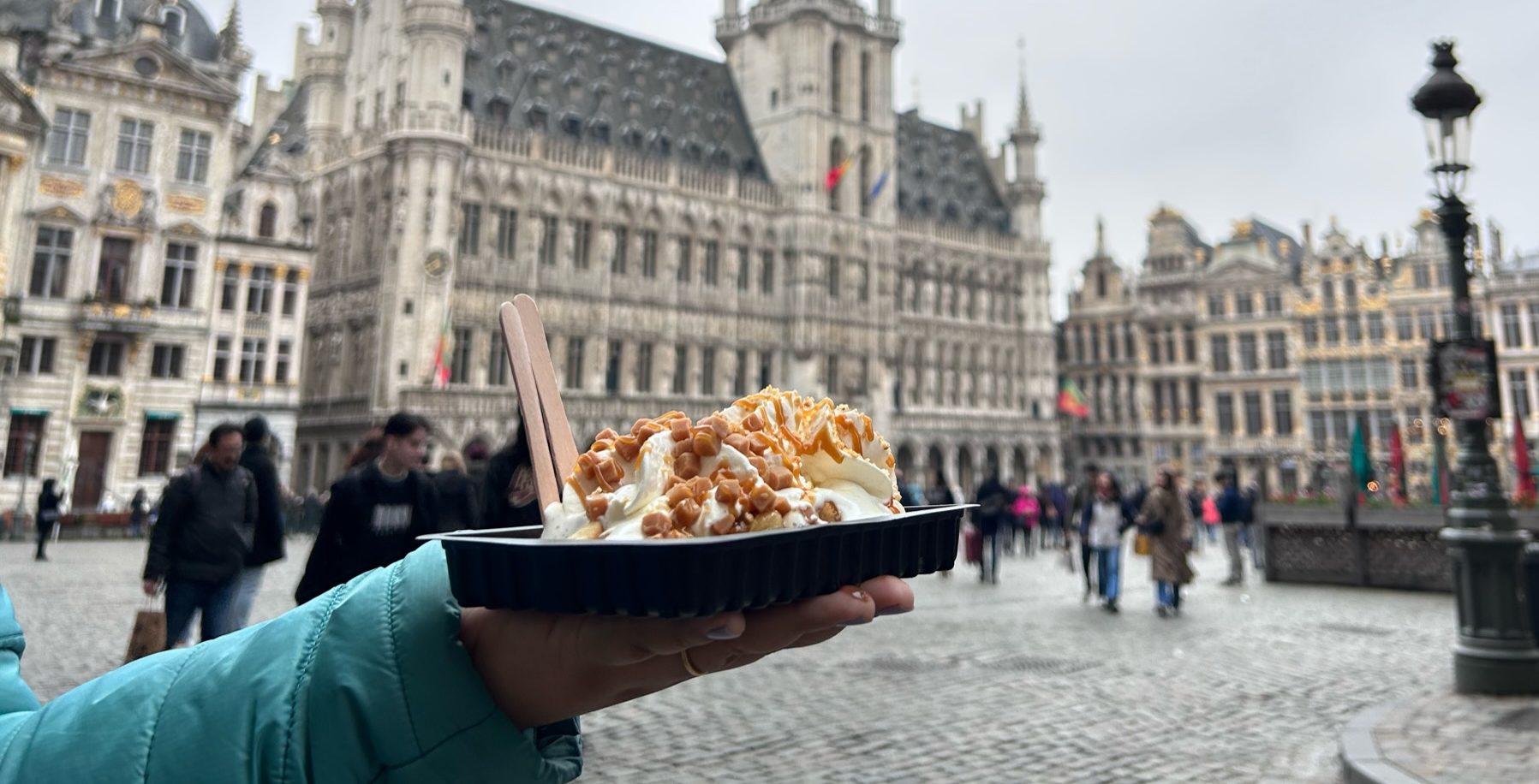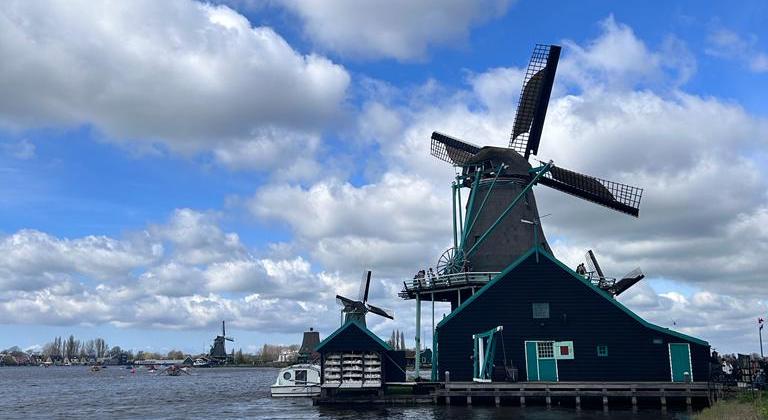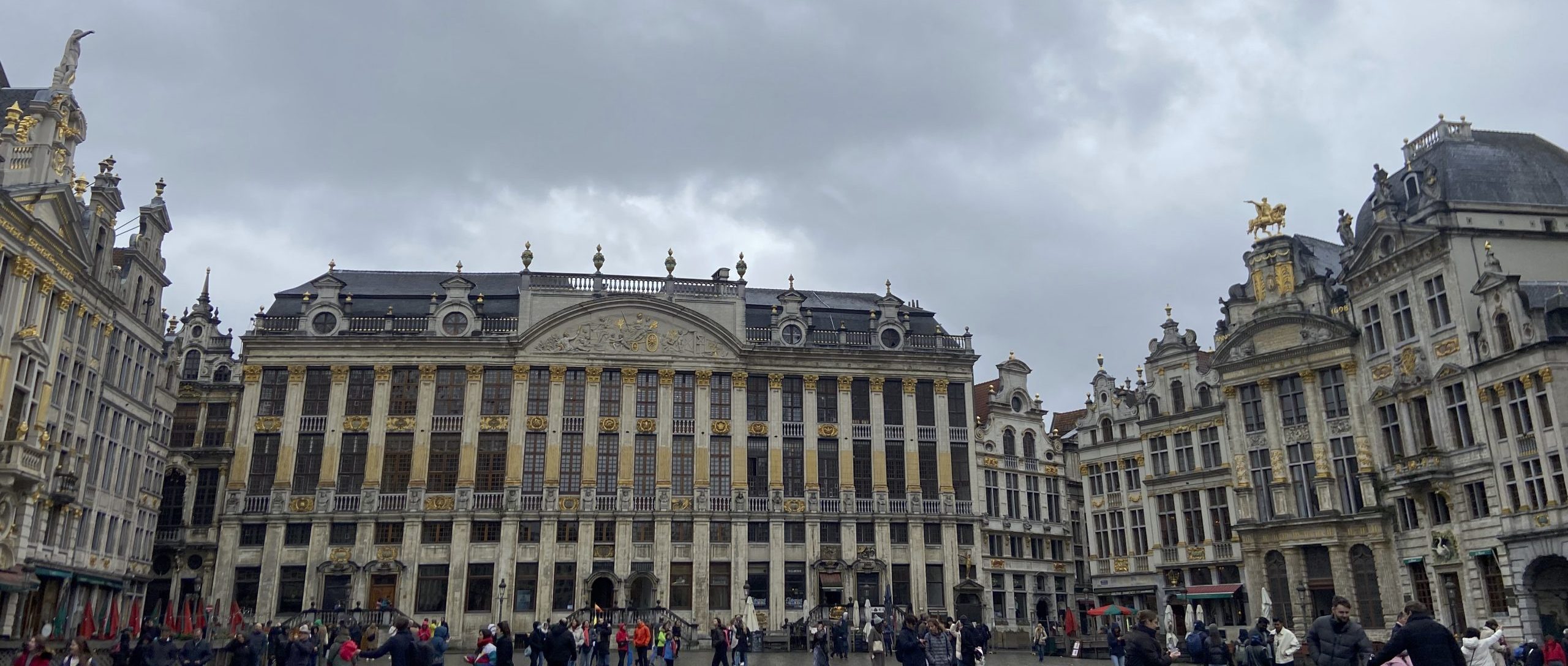
Public Transport in Brussels, Belgium
How do you plan your trip?
When it comes to travelling, everybody has their style. Some would like to go to a city and cover as much as possible attractions or spots and some people would go to just a place or two and spend time there. But no matter what kind of tourist you are, there is some basic information you need to know. When I plan my travel, I generally have the following questions:
- What attractions do I need or want to visit, and the time would it take?
- How do I commute, and what public transports are available?
- Where do I stay?
- Where to eat?
- Should I plan to go to a nearby city or spend my entire trip at one location?
- And so on…
While the answer to most of these and similar questions is subjective, there are a few things everybody needs to know. And that is – how does the public transport system work in the country or city you are travelling to?
Recently, I was on a three-day trip to Belgium with my wife. While planning the trip, we could not find enough information on travelling from one point of attraction to other. In most cases, Google Maps is your best friend and tells you which train or bus to take. But there is more to that, and going prepared won’t do any harm.
Here are some things we could not figure out with the information we have on the internet. If I could be honest, there is a lot of information on the official website of transport (STIB), but it wasn’t like someone was answering our questions. I hope this helps!
Tips for short a trip
What modes of public transport are available?
There are trains, buses, metros, and trams. Of course, you can take a cab, but they would be much costlier than other public transport. So, if you could walk for 5-10 minutes, then public transport is a good option.
Which mode of transport is more suitable and why?
In my opinion, trains are the most cost-efficient, but it is also possible you may not find stations near to the place where you are travelling to. If I could not find a train, I would go on a tram, a metro, and then a bus.
According to what I saw and experienced, the frequency of trams was better when compared to metros and buses. Another benefit of trams could be that they have multiple stops. So instead of taking a train or metro and walking for about 15 minutes, you might get a tram, get down at the closest tram stop and walk for 5 minutes. Of course, it would depend on the route you are taking. So be careful and compare the options you get in Google Maps suggestions. Sometimes, Google Maps wouldn’t suggest the best option according to your need!
Where are tram stops, metro stations and bus stops?
In Brussels and possibly in the entire Belgium, trams run underground as well. Earlier, I had this impression that only metros are underground.
I travelled to three train stations – Brussels North (Noord), Brussels Central (Centraal), and Brussels South (Zuid/Midi) and found that they had the metro and tram stations under the same room along with the trains.
So no matter what you want to travel with, you could go to the station and based on the schedule you could decide how do you want to travel. Buses are also available next to train stations.
Inside the station building, follow the signs – T is for trams and M for metros. If you decided to travel by a train, you would want to go one of the platforms (spoo
How do I pay for them?
You could use your cards – credit, debit, forex, or apple pay everywhere. The only difference is, for the trains, you need to buy a ticket before getting on the train. You could buy a ticket online or at the train station using a vending machine.
For others, you could use your card to swipe at the gate or POS devices. The system is different for different locations or stops. Trams have POS devices where you use the cards to pay. However, for some stations like North, South or Central, you use your card at the entrance to pay and get entry to the platform, and you don’t need to use the card inside the trams. So if you notice, it could be slightly confusing, and it was for us indeed. Plus, you also don’t see the charge immediately, i.e. how much money got deducted from your account.
How do I pay for trains?
For train, everyone (who do not hold the travel card, more about this in a moment) needs to buy either paper ticket or book a ticket online. Please be careful booking a ticket does not guarantee you a seat. But you don’t have to worry about this. There will be plenty of vacant seats, but if you can not get one, you could always get onto the next train. There are other benefits of travelling on train.
- Train tickets are zone based. Zone is a group of multiple stations/locations. For example, Brussels zone has many stations like Brussels Noord, Brussels Zuid/Midi, and Brussels Central.
- On a single day, you can travel using the same ticket multiple times and in any direction as long as you follow the zone system. It means if you buy a ticket from Brussels Noord to Brussels Zuid/Midi, you get a ticket that says your source is Brussels Zone and the destination is Brussels zone as well. So you can use this ticket for multiple travels in the Brussels zone. For more information zones please follow this link: https://www.belgiantrain.be/en/support/faq/faq-tickets-and-railcards/faq-validity-restrictions
Are there any other commuting options?
Three companies handle buses: De Lijn, TEC, and STIB-MIVB. But during our stay in Belgium, we did not have to take De Lijn or TEC buses. However, the payment option remains the same in all three, i.e. your international cards will work.
Should I get a day pass?
Well, it depends on your travel plan and if you know how many times you will travel by which mode of transport. I did not know, and honestly it was a good decision not to get the day pass, at least in my case. Because this way, I was free to travel by whatever mode I wanted to travel with. And also, depending on your plans, you might end up walking a lot to go from one tourist attraction to the other. In short, not getting a day pass gave me the flexibility, and I don’t think I spent lot more than a pass.
Is there a place to keep luggage, i.e. lockers?
Yes. A few private companies provide lockers, but I found that lockers at the stations are more convenient. They charge based on the size of lockers you need. We got the XXL locker because we had a big suitcase, it cost 13.5 Euros. However, later I realised if we had taken two small bags, we could have used a locker of size XL or even L. It would have been much cheaper. Lesson learnt!
In case you have any specific questions, feel free to leave a comment. I will get back to you if I know the answers!

Short History of World War - I
You May Also Like

All You Need to Know About Trip to Zaanse Schans
April 24, 2023